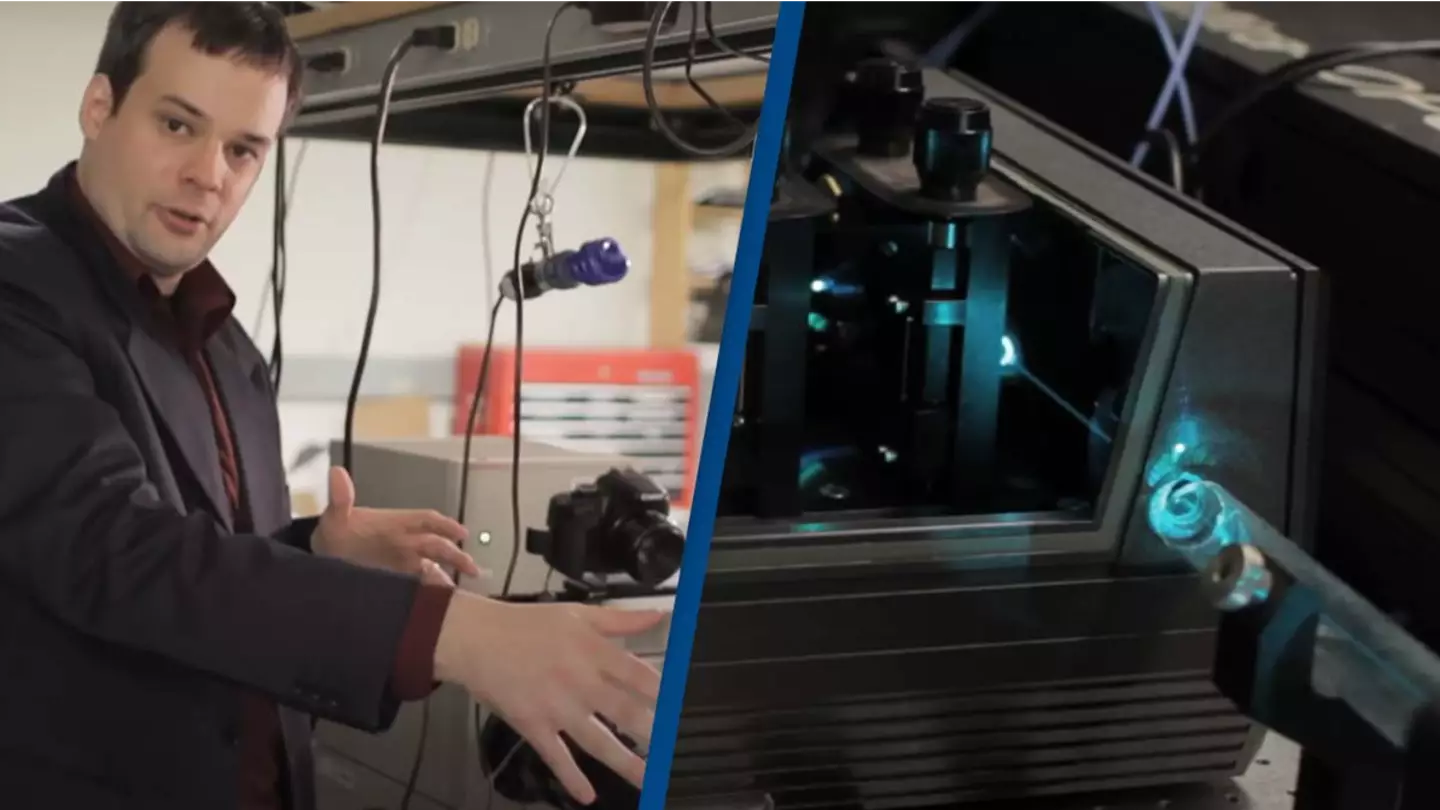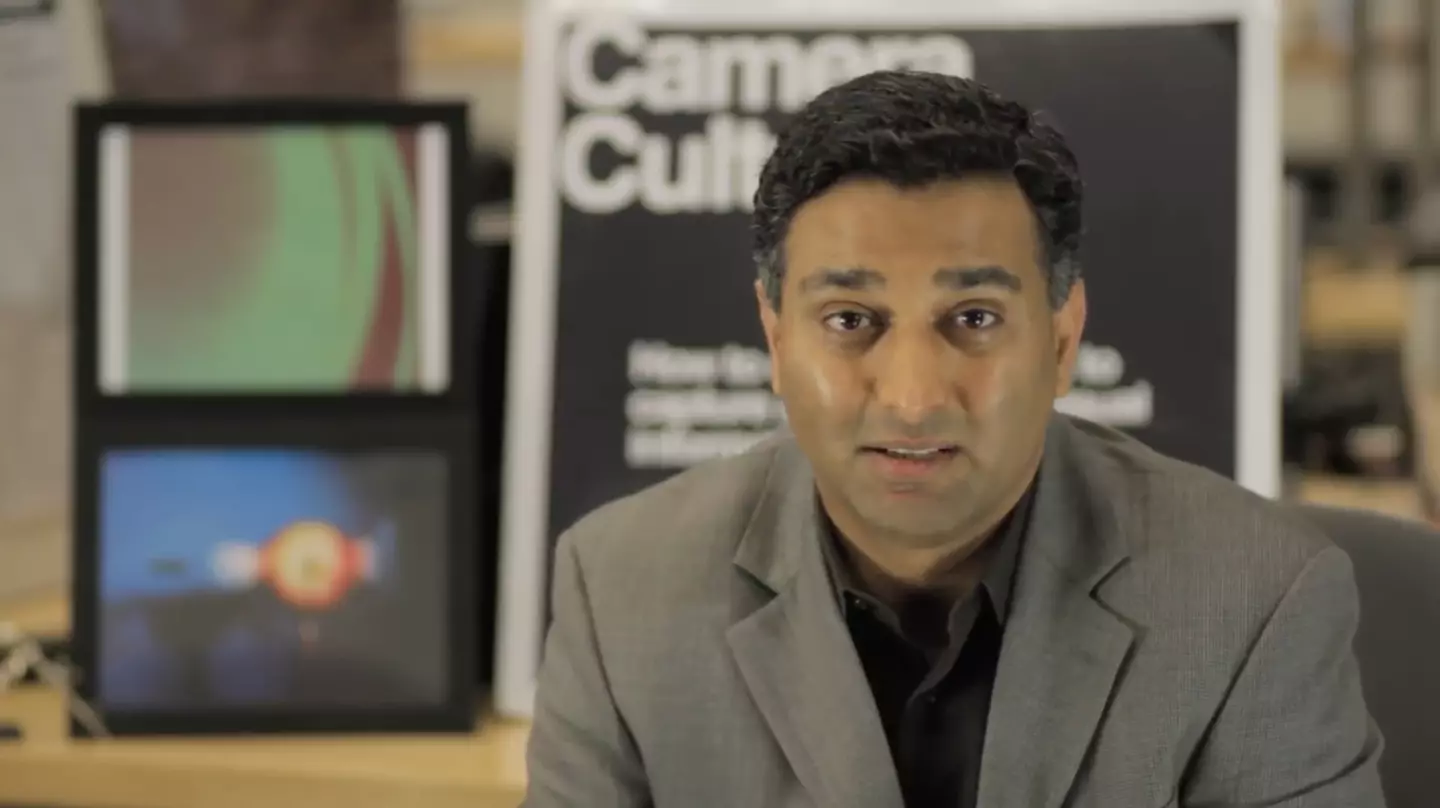
We have a lot of very sophisticated imaging techniques now, but you may not know that we have been able to show photons moving and slow it down.
A study at the Massachusetts Institute of Technology publicised in 2011 saw scientists at the university able to create a camera which could slow down how light moved through things.
Now it's probably worth noting here that light doesn't actually have a fixed speed. Photons can be slowed down by contact with materials, even to the point that you can see it moving with the naked eye.
The 'speed of light' is the speed of light in a vacuum. It's a fixed speed used in calculations and is effectively the 'maximum speed' in the universe.
Advert
This experiment saw experts tracking light which was not slowed down, which had some exciting prospects for technology.
The experiment involved setting up a specially adapted sensor which could image one part of a laser as it moved through the scene they had set up.

Scientists could then rotate a mirror over the experiment very slowly to create a full picture of the light as it moved through.
Advert
Because the sensors could activate in just one trillionth of a second, they could capture one trillion frames per second and see how the light was moving.
Andreas Velten, at the time a postdoctoral associate, explained: "We use a very regular pulse light source, and a camera that is not one camera, but an array of 500 sensors, each triggered at a trillionth of a second delay. So even though each of our senses is slow, we can still capture a fast movie."
He added: "The camera keeps taking images, and we very slowly rotate this mirror to scan our field of view across the entire scene. And because all of our paths look the same, we can in the end, go and combine all these images that we took to get one complete movie of the scene."
But what are the practical applications of such technology?
Advert

Associate professor Ramesh Raskar said: "Such a camera may be useful in medical imaging, industrial or scientific use, and the future even for consumer photography.
"In medical imaging now we can do ultrasound with light, because we can analyse how light will scatter volumetrically inside the body. In industrial imaging, one can use the scattered light to analyse defects in materials."
And that is how you can film light quickly enough to be able to put it into 'slow motion'. Fascinating!
